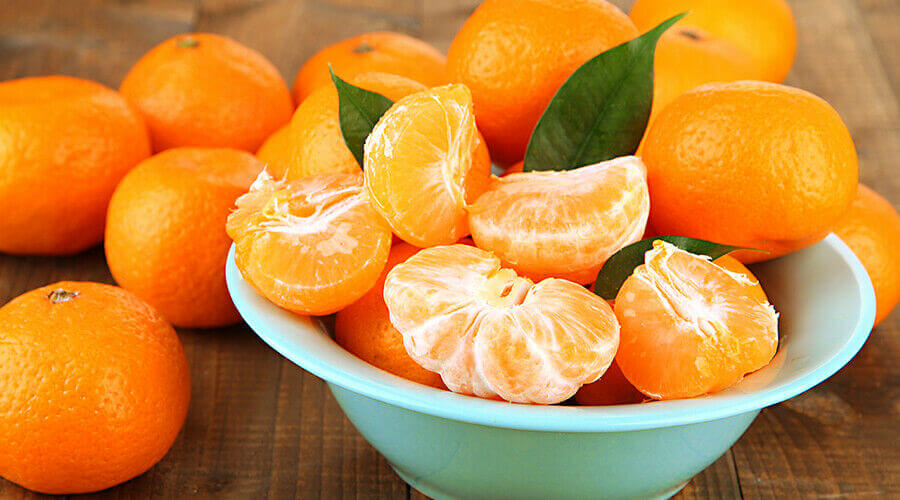

What is the difference between mandarin and clementine?
To quickly summarise: seedless mandarins are NOT mandarins, they are clementines!
Mandarins vs clementines or in other word this is the difference between a clementine and a mandarin.
Mandarin or clementine? Many people wonder what the difference between the two is. Several opinions support the idea that clementine is a cross between orange and mandarin. The difference between clementine and mandarin is not so striking, as they look identical at first glance, but there are more differences than you might think.
Sweeter than oranges and mandarins. It is similar in size to a tangerine and has no seeds or only 2, its thin skin is easy to peel. The cloves are easy to disassemble.
The mandarin is native to the Philippines and Southeast Asia.
It is mainly grown in the East, but is also cultivated in the tropics.
Oranges originate from the tropical parts of Asia. It has been cultivated for a very long time. The only similarity between mandarins and oranges is that they are both citrus fruits. Their taste and smell are also very different.
Its fruiting period is relatively short and its yield is much lower than that of mandarins.
For this reason, it is not juiced and is intended for raw consumption. The fruit cannot ripen and must be picked when ripe, leaving a pair of leaves.
Tangerines are easy to peel, have an alkalizing effect, are a powerful antioxidant and have a high bioflavonoid content. It has been well known in folk medicine, recommended for fever patients to prevent dehydration. Mandarins are also very effective in coughs and colds. It has a strong expectorant effect.
The minerals strengthen the immune system and vitalise the body.
It also contains vitamin A which is anti-inflammatory. Because tangerines are high in fibre, they are good for digestion, cleanse the liver and are also recommended for diarrhoea. Mandarins are known to lower cholesterol levels and support good blood vessel and vein function. It also helps to prevent blood clots and supports heart function. It has great antibacterial and antiviral properties. Tangerine peel makes an excellent liver cleansing decoction.
The clementine fruit is high in vitamin C, but also contains vitamin B6. So it is highly recommended because of its vitamin clementine content.
Of the minerals, potassium is significant, but calcium, magnesium and minimal iron are also present.
They must be picked by hand, because it is obligatory to leave a pair of leaves on the fruit, which is proof of its freshness, as they wither a few days after picking. From the consumer’s point of view, the fruit is not able to ripen, so it can only be picked when ripe. It has no seeds (max 2), the clusters are easy to pick apart, and it is juicier and sweeter than a regular mandarin.
The best way to eat them is to peel them, cut them into cloves and put them in the freezer for half an hour. This is just enough time for the outside of the cloves to freeze, but not the inside, so you get a nice cold, juicy crunchy treat.
So clementine or mandarin, which should you choose?
It’s a subjective thing that varies from person to person. The main reason to be aware of the differences is to make them easier to recognise.

Related products
-
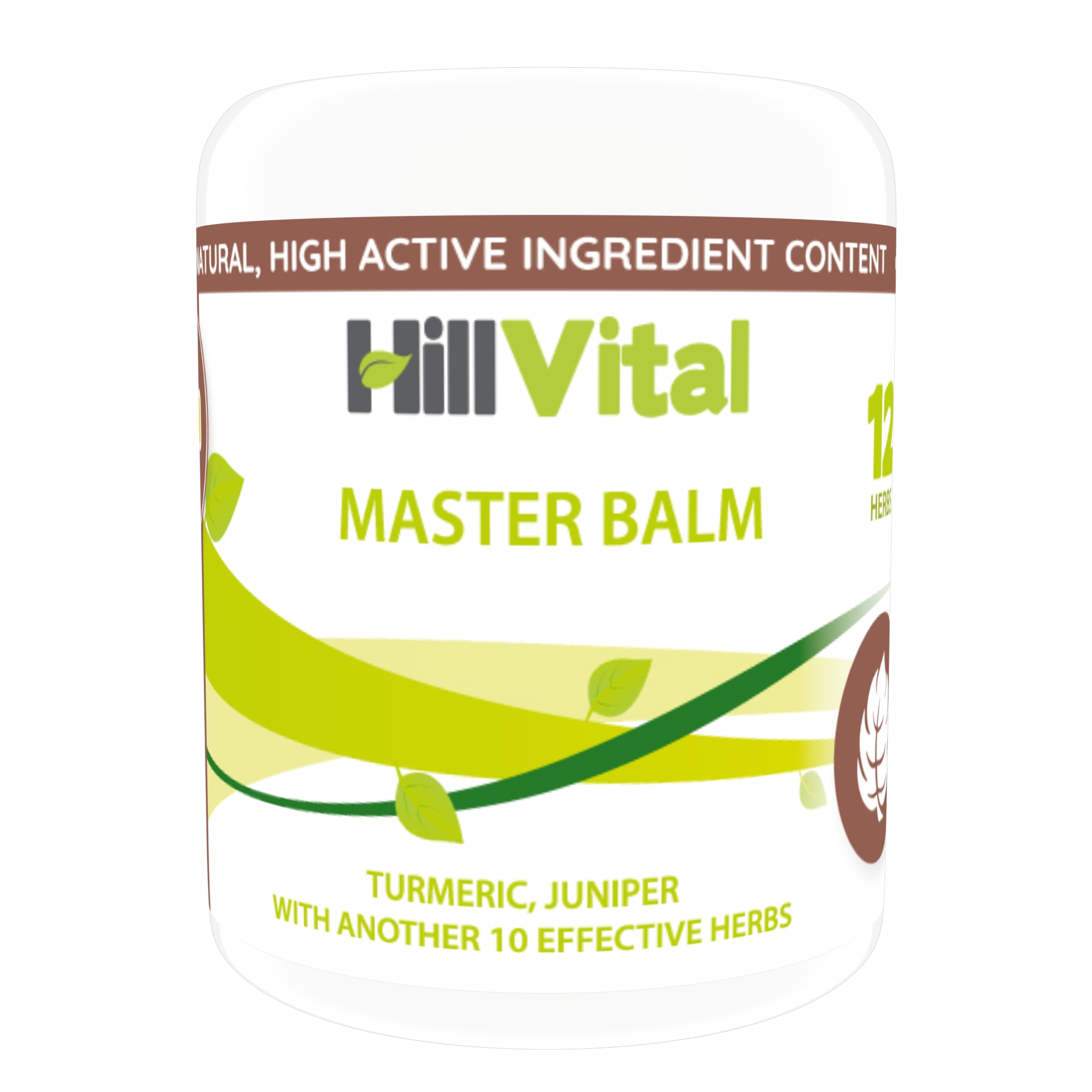 Herbal Master Balm$44.99
Herbal Master Balm$44.99 -
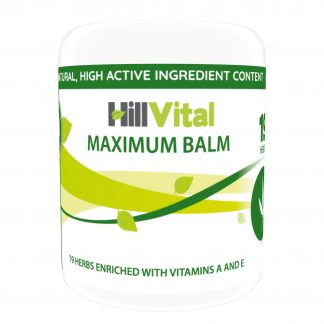 Maximum Balm$49.99
Maximum Balm$49.99 -
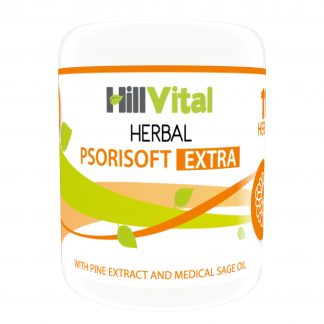 Psorisoft Extra – Balm$49.99
Psorisoft Extra – Balm$49.99 -
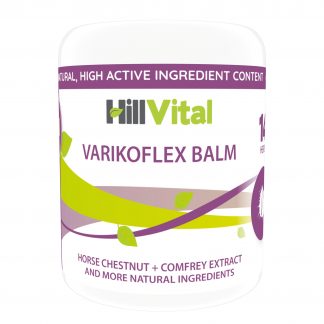 Varikoflex Balm$49.99
Varikoflex Balm$49.99


